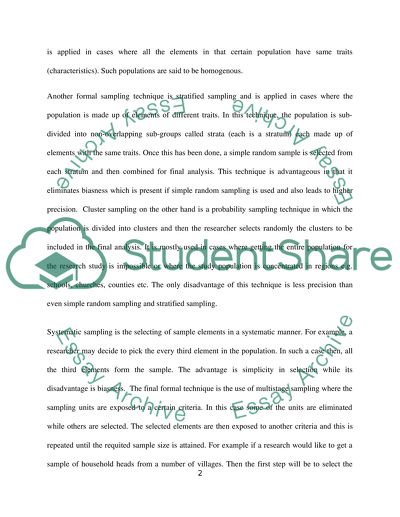Cite this document
(“Research Methods Essay Example | Topics and Well Written Essays - 1000 words - 4”, n.d.)
Retrieved from https://studentshare.org/miscellaneous/1563365-research-methods
Retrieved from https://studentshare.org/miscellaneous/1563365-research-methods
(Research Methods Essay Example | Topics and Well Written Essays - 1000 Words - 4)
https://studentshare.org/miscellaneous/1563365-research-methods.
https://studentshare.org/miscellaneous/1563365-research-methods.
“Research Methods Essay Example | Topics and Well Written Essays - 1000 Words - 4”, n.d. https://studentshare.org/miscellaneous/1563365-research-methods.


